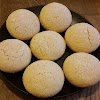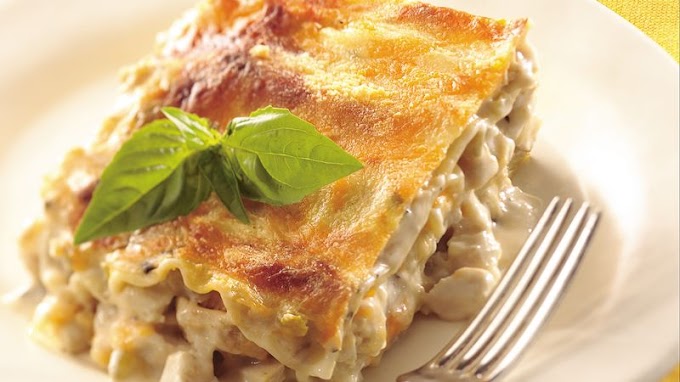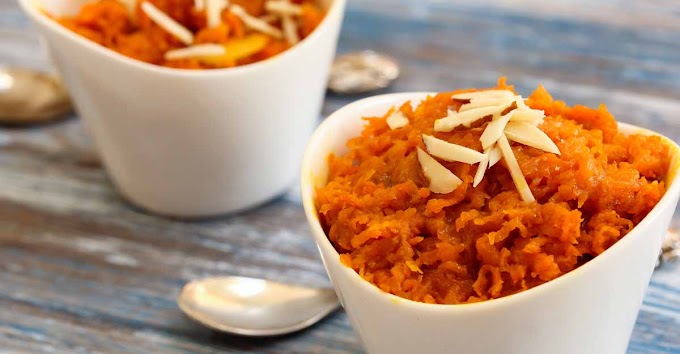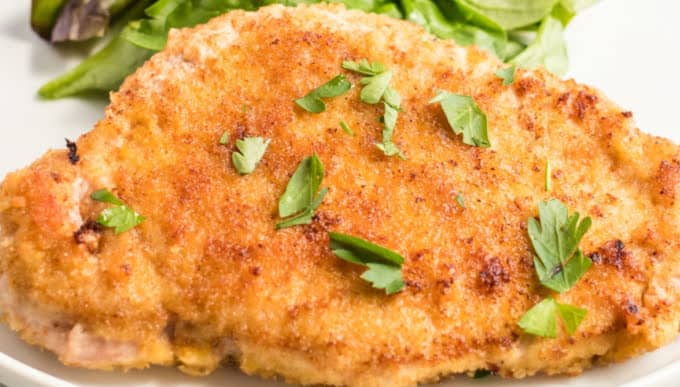Gluten is a group of proteins found in certain grains, such as wheat, rye, and barley.It helps food maintain its shape by providing elasticity and moisture. It also allows bread to rise and provides a chewy texture
Although gluten is safe for most people, those with conditions like celiac disease or gluten sensitivity should avoid it to prevent adverse health effects
Many foods are made with gluten-containing ingredients, so it’s important that those who are unable to consume it check ingredient labels closely.
Here is a list of 54 gluten-free foods.
1–11. Whole grains
A select few whole grains contain gluten, while the rest are naturally gluten-free.
It’s important to check food labels when purchasing whole grains. Even gluten-free whole grains can be contaminated with gluten, especially if they are processed in the same facility as gluten-containing foods (3 ).
For example, oats are often processed in facilities that also process wheat, which can lead to cross-contamination. For this reason, you should confirm that the oats you purchase are certified gluten-free (4 ).
Gluten-free whole grains
- quinoa
- brown rice
- wild rice
- buckwheat
- sorghum
- tapioca
- millet
- amaranth
- teff
- arrowroot
- oats (make sure they're labelled as gluten-free as they may be contaminated with gluten during processing.)
Grains to avoid
- wheat, all varieties (whole wheat, wheat berries, graham, bulgur, farro, farina, durum, kamut, bromated flour, spelt, etc.)
- rye
- barley
- triticale
These gluten-containing grains are often used to make products like bread, crackers, pasta, cereals, baked goods, and snack foods.
12–26. Fruits and vegetables
All fresh fruits and vegetables are naturally gluten-free. However, some processed fruits and vegetables may contain gluten, which is sometimes added for flavoring or as a thickener (3 ).
Gluten-containing ingredients that may be added to processed fruits and vegetables include hydrolyzed wheat protein, modified food starch, malt, and maltodextrin.
Fruits and vegetables to eat
Although the list below is not comprehensive, it provides some examples of fresh fruits and vegetables that you can enjoy on a gluten-free diet.
- citrus fruits, including oranges and grapefruit
- bananas
- apples
- berries
- peaches
- pears
- cruciferous vegetables, including cauliflower and broccoli
- greens, such as spinach, kale, and Swiss chard
- starchy vegetables, including potatoes, corn, and squash
- bell peppers
- mushrooms
- onions
- carrots
- radishes
- green beans
Fruits and vegetables to double-check
- Canned fruits and vegetables: These may be canned with sauces that contain gluten. Fruits and vegetables canned with water or natural juices are likely gluten-free.
- Frozen fruits and vegetables: Sometimes these contain added flavorings and sauces that contain gluten. Plain frozen varieties are typically gluten-free.
- Dried fruits and vegetables: Some may include gluten-containing ingredients. Plain, unsweetened, dried fruits and vegetables tend to be gluten-free.
- Pre-chopped fruits and vegetables: These may be cross-contaminated with gluten depending on where they were prepped.
27–32. Proteins
Many foods contain protein, including animal and plant-based sources. Most are naturally gluten-free (3 ).
However, gluten-containing ingredients, such as soy sauce, flour, and malt vinegar are often used as fillers or flavorings. They may be added to sauces, rubs, and marinades that are commonly paired with protein sources.
Gluten-free proteins
- legumes (beans, lentils, peas, peanuts)
- nuts and seeds
- red meat (fresh beef, pork, lamb, bison)
- poultry (fresh chicken, turkey)
- seafood (fresh fish, scallops, shellfish)
- traditional soy foods (tofu, tempeh, edamame, etc.)
Proteins to double-check
- processed meats, such as hot dogs, pepperoni, sausage, salami, and bacon
- meat substitutes, such as vegetarian burgers
- lunch meats or cold cuts
- ground meats
- proteins that have been combined with sauces or seasonings
- ready-to-eat proteins, such as those in microwavable TV dinners
Proteins to avoid
- any meat, poultry, or fish that has been breaded
- proteins that are combined with wheat-based soy sauce
- seitan
33–39. Dairy products
Most dairy products are naturally gluten-free. However, those that are flavored and contain additives should always be double-checked for gluten (3 ).
Some common gluten-containing ingredients that may be added to dairy products include thickeners, malt, and modified food starch.
Gluten-free dairy products
- milk
- butter and ghee
- cheese
- cream
- cottage cheese
- sour cream
- yogurt
Dairy products to double-check
- flavored milks and yogurts
- processed cheese products, such as cheese sauces and spreads
- ice cream, which is sometimes mixed with additives that contain gluten
Dairy products to avoid
- malted milk drinks
40–44. Fats and oils
Fats and oils are naturally gluten-free. In some cases, additives that contain gluten may be mixed with fats and oils for flavor and thickening.
Gluten-free fats and oils
- butter and ghee
- olives and olive oil
- avocados and avocado oil
- coconut oil
- vegetable and seed oils, including sesame oil, canola oil, and sunflower oil
Fats and oils to double-check
- cooking sprays
- oils with added flavors or spices
45–51. Beverages
There are several types of gluten-free beverages for you to enjoy.
However, some beverages are mixed with additives that contain gluten. Additionally, some alcoholic beverages are made with malt, barley, and other gluten-containing grains and should be avoided on a gluten-free diet (5 ).
Gluten-free beverages
- water
- 100% fruit juice
- coffee
- tea
- some alcoholic beverages, including wine, hard ciders, and beer made from gluten-free grains, such as buckwheat or sorghum
- sports drinks, soda, and energy drinks
- lemonade
Note that while these beverages are gluten-free, most of them are best consumed in moderation due to their added sugar and alcohol contents.
Beverages to double-check
- any beverage with added flavorings or mix-ins, such as coffee coolers
- distilled liquors, such as vodka, gin, and whiskey — even when labeled gluten-free, as they are known to trigger a reaction in some people
- pre-made smoothies
Beverages to avoid
- beers, ales, and lagers made from gluten-containing grains
- non-distilled liquors
- other malt beverages, such as wine coolers
52–54. Spices, sauces, and condiments
Spices, sauces, and condiments often contain gluten but are commonly overlooked.
Although most spices, sauces, and condiments are naturally gluten-free, gluten-containing ingredients are sometimes added to them as emulsifiers, stabilizers, or flavor enhancers.
Some common gluten-containing ingredients added to spices, sauces, and condiments include modified food starch, maltodextrin, malt, and wheat flour.
Gluten-free spices, sauces, and condiments
- tamari
- coconut aminos
- white vinegar, distilled vinegar, and apple cider vinegar
Spices, sauces, and condiments to double-check
- ketchup and mustard
- Worcestershire sauce
- tomato sauce
- relish and pickles
- barbecue sauce
- mayonnaise
- salad dressing
- pasta sauce
- dry spices
- salsa
- stock and bouillon cubes
- marinades
- gravy and stuffing mixes
- rice vinegar
Spices, sauces, and condiments to avoid
- wheat-based soy sauce and teriyaki sauce
- malt vinegar




















0 Comments